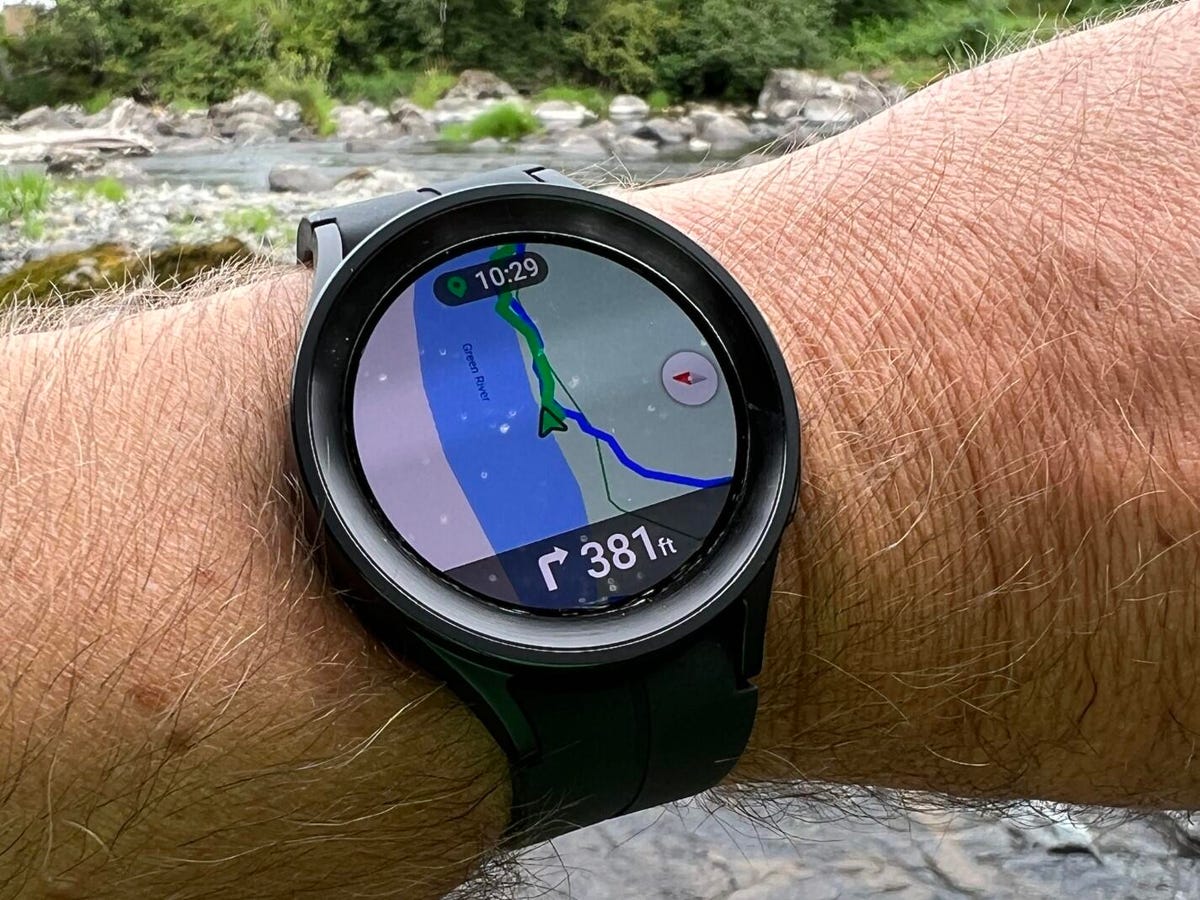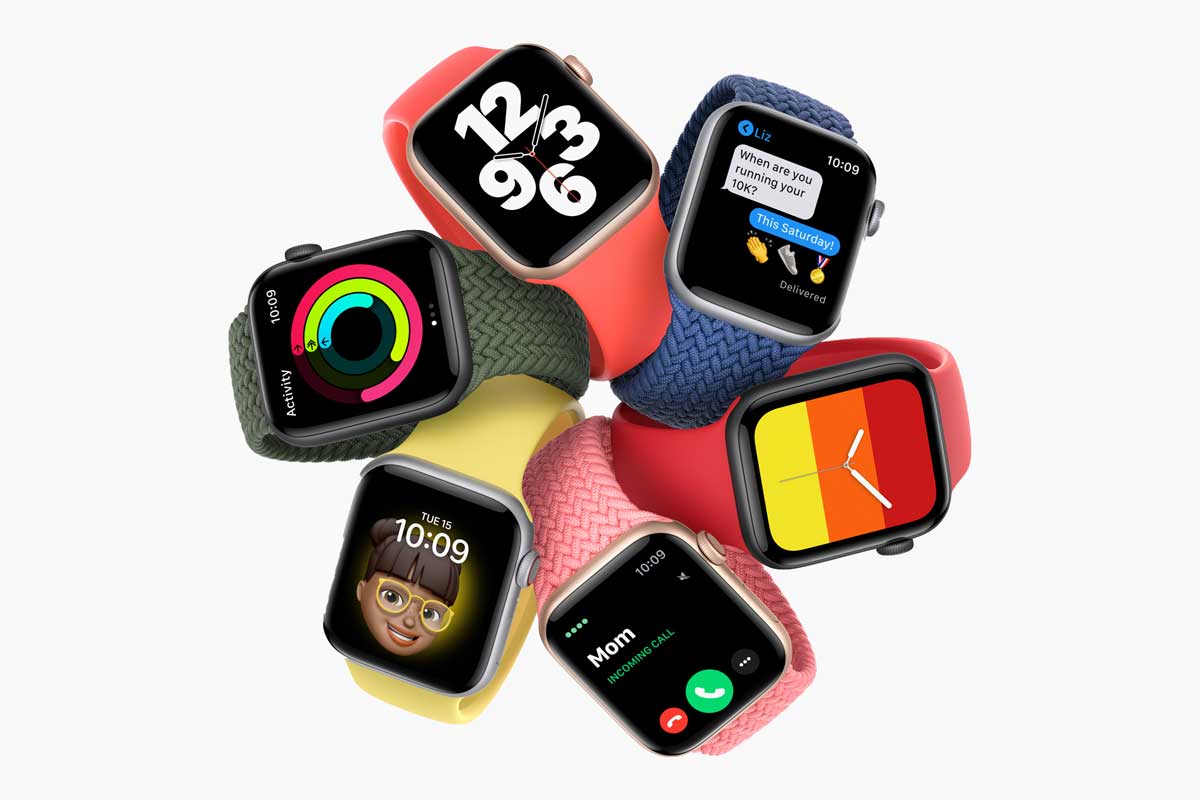The history of smart watches is surprisingly long and has gone through many different phases in design. These days, smart watches are more often than not just smart phones for your wrist – but Samsung’s change in design direction reflects how that’s changing once again.
Last year, Samsung unveiled their latest smart watch, the Galaxy Watch5, which controversially did away with a rotating bezel – one of the most distinctive elements of the watch’s design.
Now it seems as if Samsung is going to bring the bezel back. According to Korean leaker Super Roader, the Samsung Galaxy Watch6 Pro will bring back the rotating bezel (although the normal Watch6 will still persist with only a virtual bezel).
Our take? That’s very good news. The rotating bezel was one of the Galaxy Watch’s best features: it’s far more tactile than a virtual bezel (and therefore easier to use when your hands are wet or sweaty, for example), but it’s also incredibly satisfying to use.
It also makes a smart watch feel more like a conventional mechanical watch – which is not a bad thing. Indeed, what’s interesting is that we’re starting to see smart watches move back towards looking more like mechanical watches after years of trying to differentiate themselves from their ‘dumb’ progenitors.

The history of the smart watch
The first smart watches first emerged in the 1980s, as the personal computing revolution started to take off. Seiko’s Data 2000 watch from 1983, which could write and store memos (with the help of an external keyboard, mind) is an early example.
Early smart watches were still very much watches first and foremost, and therefore aesthetically resembled watches. It wasn’t until the 2000s with watches like the IBM WatchPad and Fossil Wrist PDA that smart watches really started to take off – and started to diverge aesthetically from watches, with their designs emphasising their ‘smart’ natures (as well as being bulky and computer-like out of necessity).
Samsung released its first smart watch, the S9910, in 2009 – although technically, that was a watch phone with a touch screen. Same principle, though. As smart watches became more and more touchscreen-dominated, they continued to look less and less like actual watches.
In 2013, Samsung released its first proper smart watch, the Galaxy Gear, and quickly dominated the still-nascent smart watch market… Until 2015, that is, when Apple released its first Apple Watch. In 2023, Apple is the leading smart watch manufacturer with a 26% market share, with Samsung the next biggest player with 12%, according to Statista.

From an aesthetic perspective, the Apple Watch sets the tone for smart watches in 2023. It looks like a little iPhone: square, mostly featureless and only passingly resembling an old-fashioned mechanical watch.
But Apple isn’t the only player in the smart watch space – and brands like Samsung are starting to shift back towards a more conventional aesthetic (which is probably a way of differentiating themselves from Apple, too).
The post Samsung’s Next Smart Watch Will Bring Back The Bezel, Signalling An Industry Shift appeared first on DMARGE.


0 Commentaires